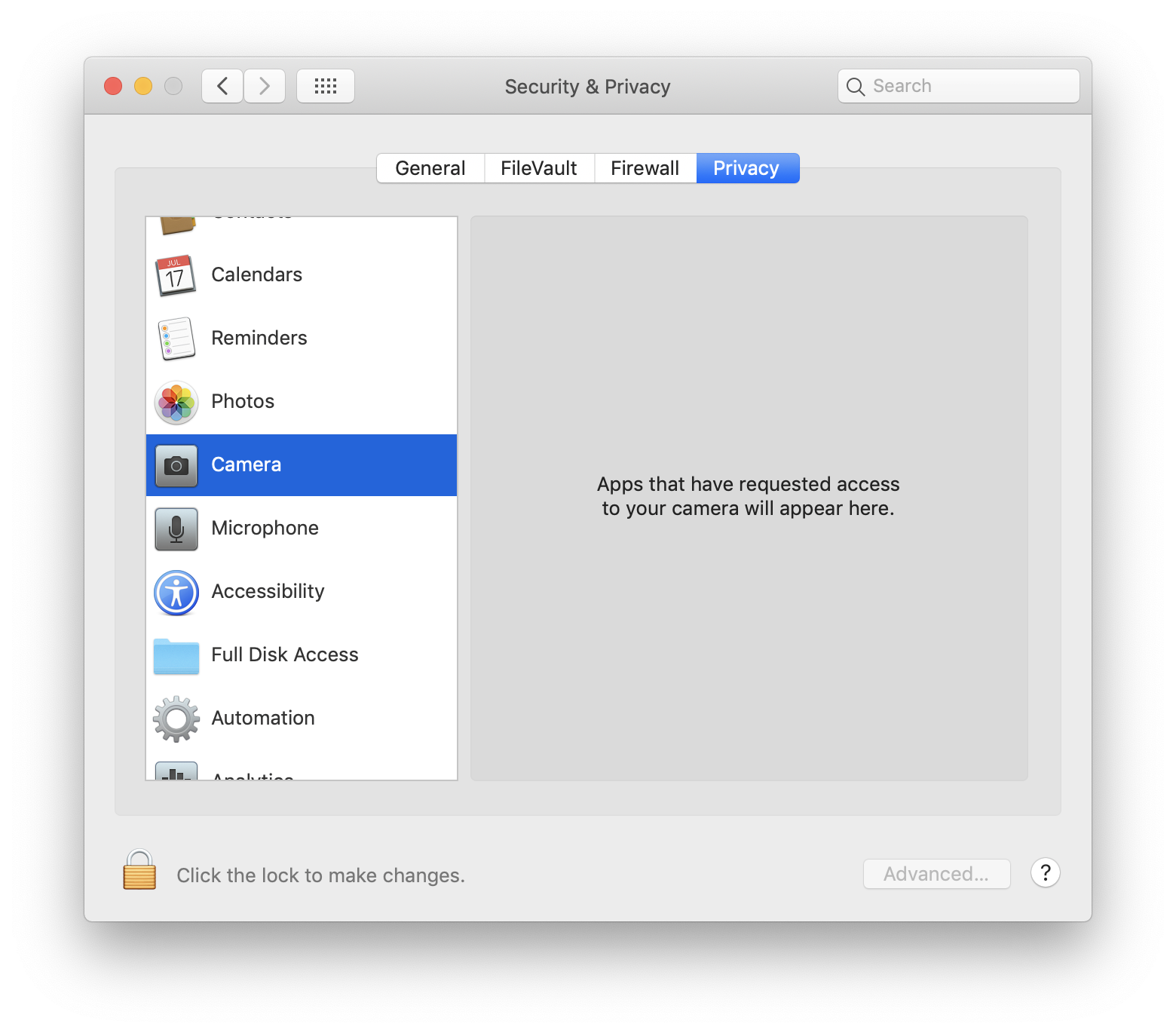In terminal, type 'gcc', you will get message 'command not found'. $ gcc -bash: gcc: command not found Solution. To install gcc compiler on Mac OS X, you need to download and install 'Command Line Tools for Xcode', which is available in Apple's developer page. See following steps. How to Install Software from Unsigned Developers on a Mac. This wikiHow teaches you how to install software that isn't approved by Apple on your Mac. MacOS Sierra marks most unofficial apps as unsigned software, so you'll need to perform.
Note: this is not for the faint at heart, but sure is better than having to upgrade your Mac OS X prematurely for an App you can't afford upgrading on your Mac. Consider your reason for being stuck. If it is a software that won't run on 10.11.6, ask on the forum for other software titles that are comparable, since you can upgrade to Mac OS X 10. Jun 23, 2018 Whatever the older Macintosh computer is, to make it useful nowadays you'd likely want to find and download some old Mac software for it. This post will aggregate a collection of links and resources for finding and downloading old Mac software, including old Mac system software, old Macintosh applications, and more, for everything from older Intel Macs, to PowerPC Macs, to 68040 and 030 Macs.
Start up from macOS Recovery
Determine whether you're using a Mac with Apple silicon, then follow the appropriate steps:
Apple silicon
Turn on your Mac and continue to press and hold the power button until you see the startup options window. Click the gear icon labeled Options, then click Continue.
Intel processor
Make sure that your Mac has a connection to the internet. Then turn on your Mac and immediately press and hold Command (⌘)-R until you see an Apple logo or other image.
If you're asked to select a user you know the password for, select the user, click Next, then enter their administrator password.
Reinstall macOS
Select Reinstall macOS from the utilities window in macOS Recovery, then click Continue and follow the onscreen instructions.
Follow these guidelines during installation:
- If the installer asks to unlock your disk, enter the password you use to log in to your Mac.
- If the installer doesn't see your disk, or it says that it can't install on your computer or volume, you might need to erase your disk first.
- If the installer offers you the choice between installing on Macintosh HD or Macintosh HD - Data, choose Macintosh HD.
- Allow installation to complete without putting your Mac to sleep or closing its lid. Your Mac might restart and show a progress bar several times, and the screen might be empty for minutes at a time.
After installation is complete, your Mac might restart to a setup assistant. If you're selling, trading in, or giving away your Mac, press Command-Q to quit the assistant without completing setup. Then click Shut Down. When the new owner starts up the Mac, they can use their own information to complete setup.

Other macOS installation options
When you install macOS from Recovery, you get the current version of the most recently installed macOS, with some exceptions:

Other macOS installation options
When you install macOS from Recovery, you get the current version of the most recently installed macOS, with some exceptions:
Not From Here Mac Os Download
- On an Intel-based Mac: If you use Shift-Option-Command-R during startup, you're offered the macOS that came with your Mac, or the closest version still available. If you use Option-Command-R during startup, in most cases you're offered the latest macOS that is compatible with your Mac. Otherwise you're offered the macOS that came with your Mac, or the closest version still available.
- If the Mac logic board was just replaced, you may be offered only the latest macOS that is compatible with your Mac. If you just erased your entire startup disk, you may be offered only the macOS that came with your Mac, or the closest version still available.
Not From Here Mac Os 11
Donut roll (sumguy67) mac os. You can also use these methods to install macOS, if the macOS is compatible with your Mac:
Not From Here Mac Os 8
- Use the App Store to download and install the latest macOS.
- Use the App Store or a web browser to download and install an earlier macOS.
- Use a USB flash drive or other secondary volume to create a bootable installer.

